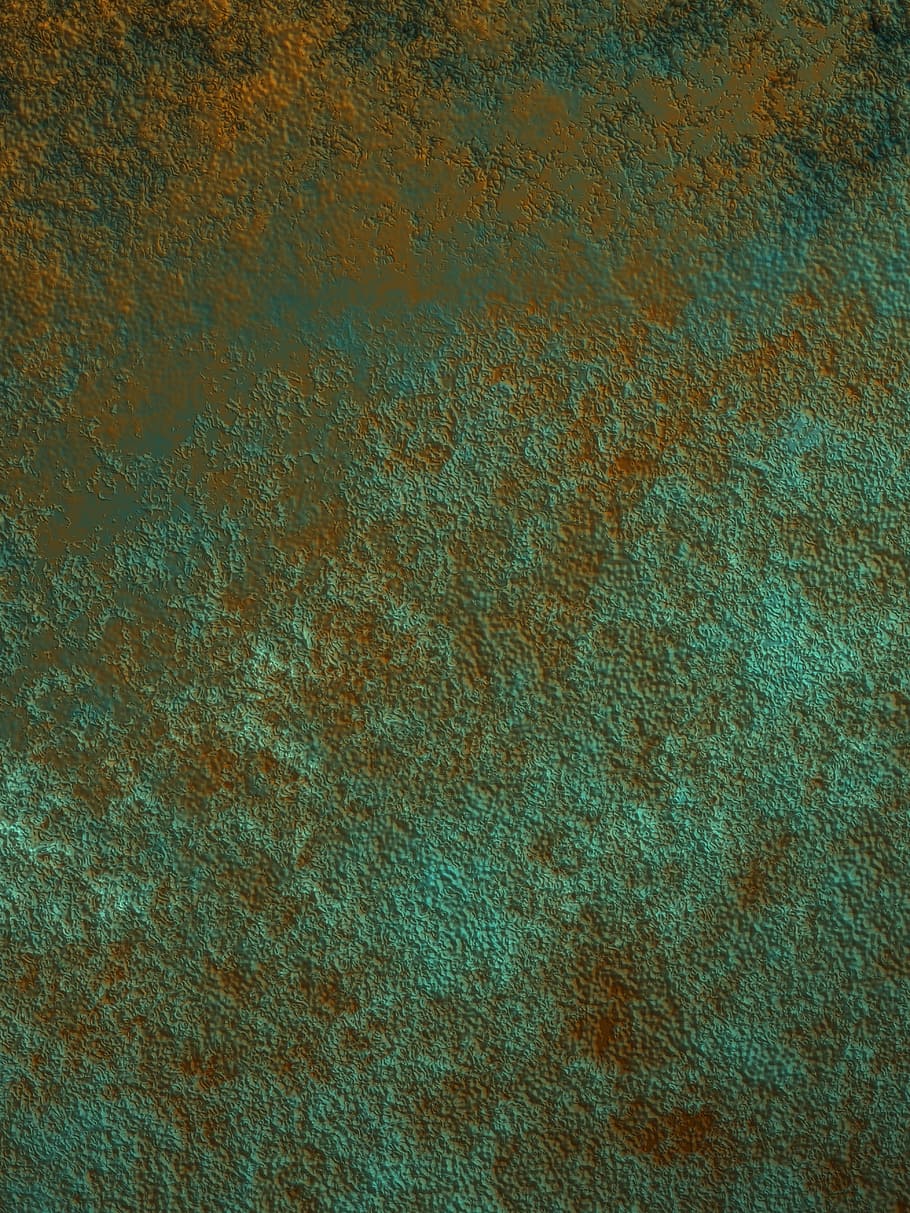

Brass patina green how to#
How to clean lamps with patinaĮven though many people consider patina on objects like light fixtures and decorative items a great stylish feature, it’s perfectly fine to want to remove it.

Patina, on the other hand, doesn’t damage the copper. It has a garish orange color that detracts from the look of iron.

The way patina forms on copper, bronze, and brass are comparable to how rust forms on iron.Ī major difference between patina and rust is that rust is unpleasant to look at. Rust, on the other hand, is never something to strive for. However, many people consider the former to be desirable.

Patina is formed in a similar way to rust. If you’ve seen other patina colors on these metals in statues and works of art, these were the result of the application of artificial patinas. Copper patina, on the other hand, features more blue. When compared to copper patina, the brass patina has a bit more green. Brass contains a lot of copper, and it also develops a bluish-green patina. On copper, the patina tends to have a bluish or bluish-green color. You may hear people say that wood can have a patina, which is incorrect. A common misunderstanding is patina is just residue. You may hear people use the word patina incorrectly. Copper exposed to moist environments will develop a patina more quickly.ĭifferent metals that may end up with patina will have different kinds of patina because of the metal’s varying composition. When anions (oxygen is an example) contact metals like these, layers of oxide are created, referred to as patina. Copper itself is an element and metal, while brass and bronze are metal mixtures that contain copper. In the following example, the silver solder inlay stands out in a copper piece with a dark green patina.Patina is a coating that forms on reactive metals such as copper, bronze, and brass. Silver is only superficially affected by this chemical reaction, so it can be used in combination with copper and provide some contrast. Once the surface of the metal is clean, avoid touching it (hold by the edges or make a handle with fishing wire).Ĭopper is best suited for this type of patina, although brass, a copper alloy, will work up to a point with much less dramatic results. Pumice works well, but scouring cleaning products like Ajax or Comet, for example, will do the job. The metal must be thoroughly cleaned (free of grease and oil) to ensure the proper action of the chemicals. And like last time, I have chosen basic recipes that can be used easily in a small studio, with limited equipment and common household products (vinegar, ammonia and salt). This time, I will focus on greens and blues. In a previous post, I shared a few simple recipes for creating red patinas on copper. There are countless options available to metalsmiths when it comes to metal patination, especially with copper and brass. So, let’s get to it before I surrender to a “less colourful” work routine. As the last lilacs begin to fade, so does my enthusiasm. But I also know this surge of optimism (and over-confidence?) is usually short-lived. It makes me want to start new projects – something “new” and fresh, something well… green of course. I always find this influx of renewed energy quite contagious. Days are getting longer, trees are greening and flowers are blooming. Bleeding Heart leaves in my backyard (Jewels courtesy of Mother Nature).


 0 kommentar(er)
0 kommentar(er)
